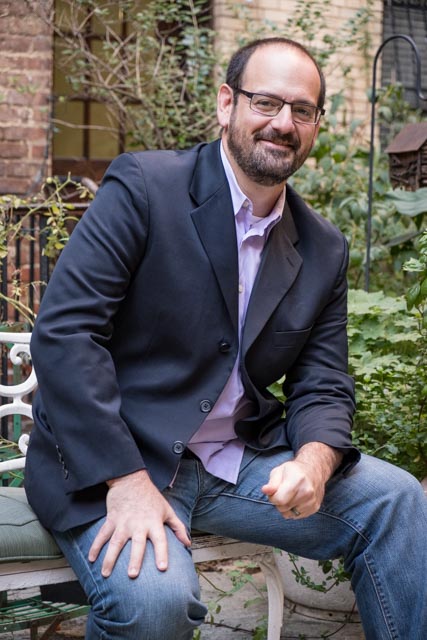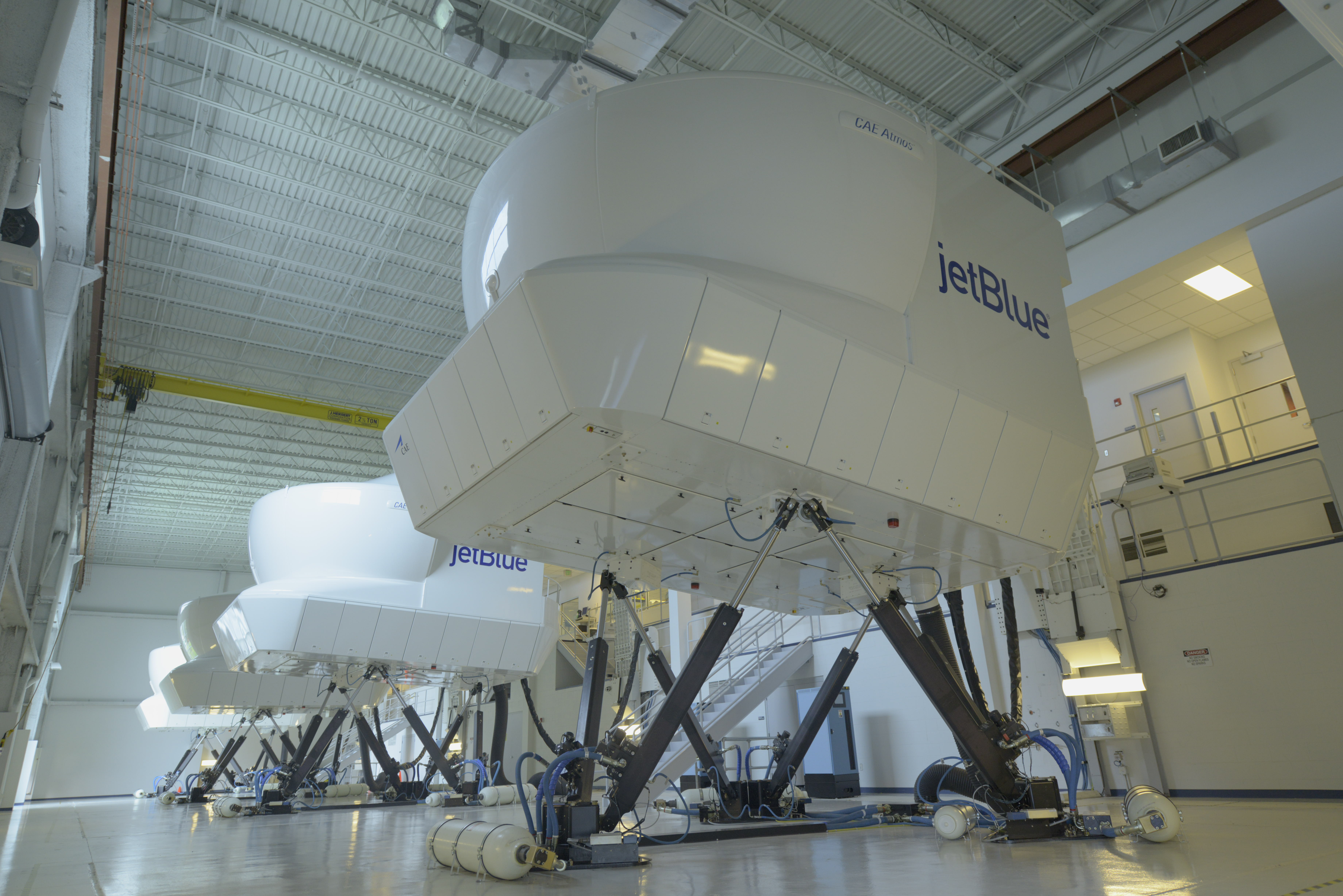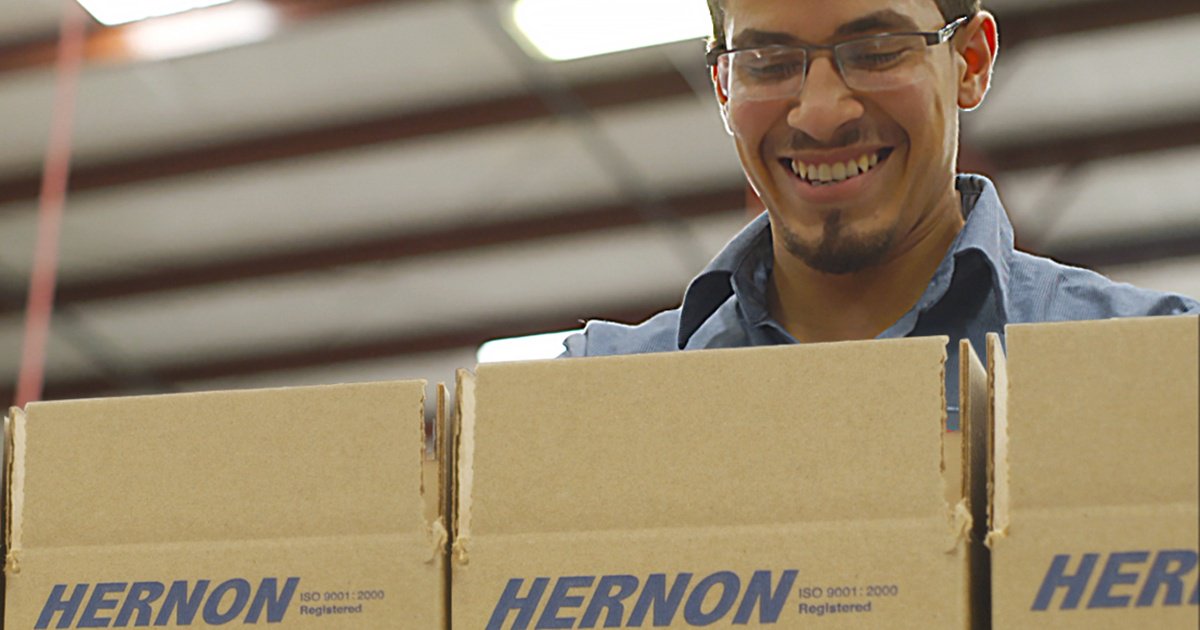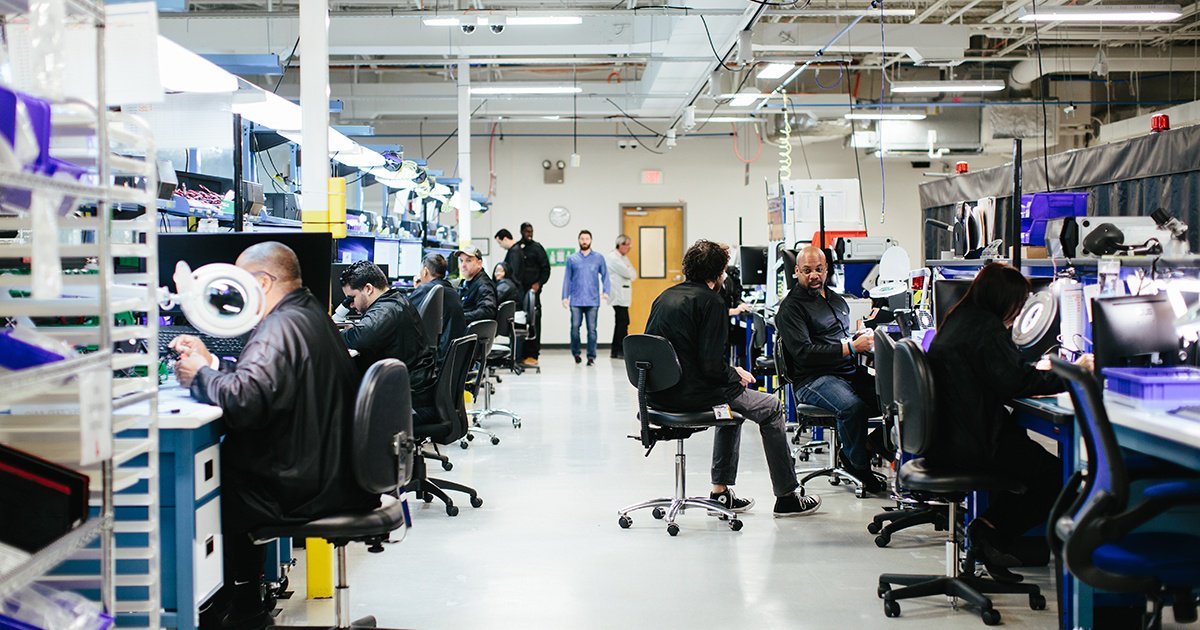A state-of-the-art facility in Orlando is cloning machines in digital form, changing the way we engineer… everything, and launching us into an era of unparalleled industrial efficiency.
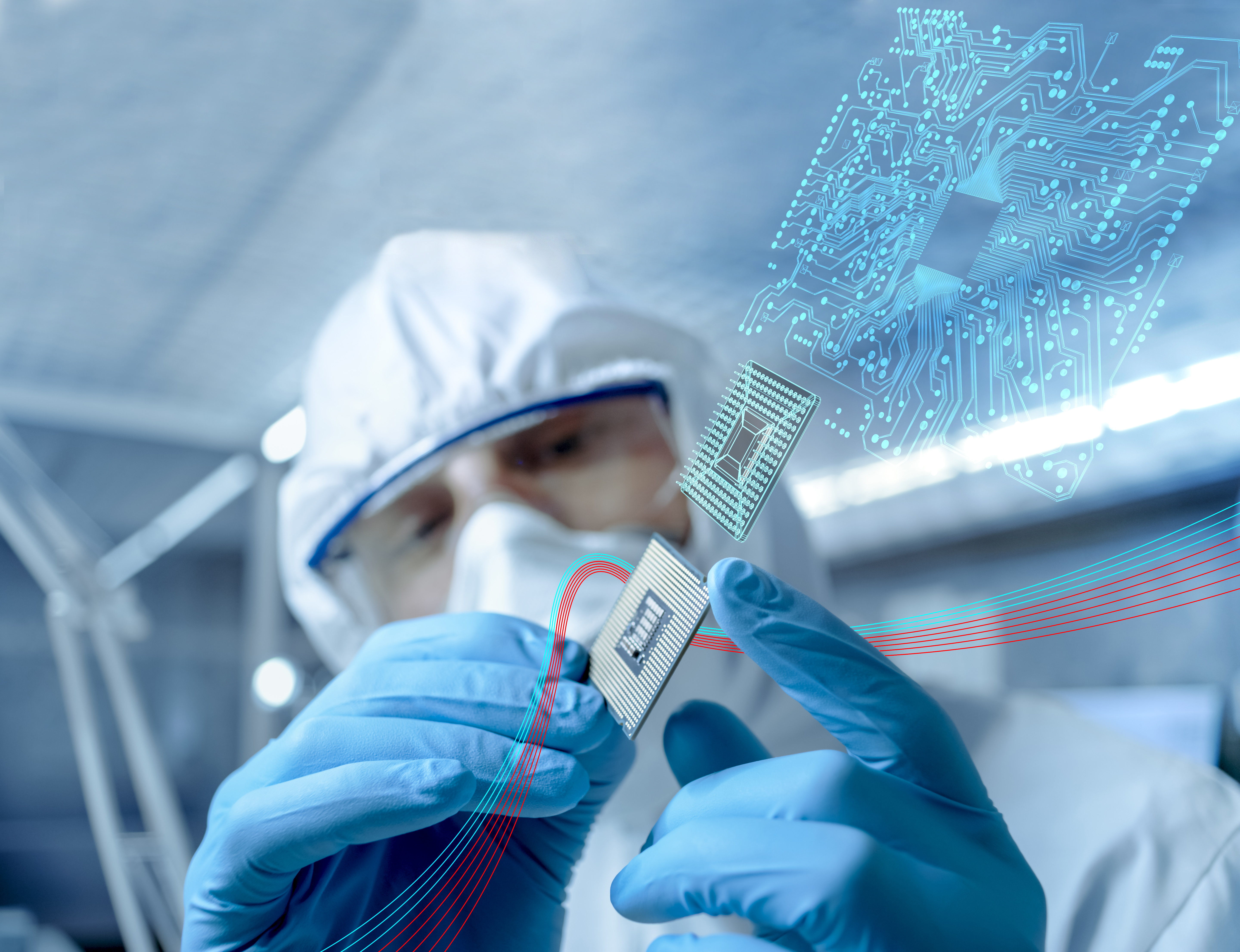
Just 30 minutes south of downtown Orlando, among farms, housing developments and parks, sits a portal into a mirror world of ones and zeros — a virtual reality that peers into the future and helps engineers perfect products before they’re made.
This portal resides within a gleaming new 109,000-square-foot facility outfitted with enormous clean rooms and complex equipment. Out of these dust-free spaces emerge the high-tech components at the heart of complex modern electronics.
This is the home of BRIDG, a public-private partnership established to bring advanced microelectronics research to market through the fabrication of silicon wafers. Printed on these wafers are the microchips that enable everything from smartphones to aircraft guidance systems. The BRIDG facility, the newest of its kind in the country, can produce a mix of single wafers for prototyping and support low-volume production. Each wafer is capable of holding thousands of microchips.
“Whether we’re talking about the automotive industry, healthcare, or aerospace and defense, these chips are integral to microelectronics in our modern world,” said Fran Korosec, BRIDG’s vice president of program management.
Building chips on these wafers is no small feat. A chip could have tens of millions of transistors on every square millimeter. To help with this complex work, BRIDG is among the first in the semiconductor industry to rely on complete digital replicas of physical chip components and the physical manufacturing process used to make them.
It’s an innovation called the digital twin, and both BRIDG and Orlando are at the forefront of bringing this technology to industry.
“This is the future of manufacturing,” Korosec said. “Using a simulated digital model of everything we do, from chip design to our production process, lets us tweak and adjust digitally before prototyping even begins. It’s going to mean huge cost savings by avoiding the need to go through iterations of trial and error in the real world.”
Using a simulated digital model of everything we do, from chip design to our production process, lets us tweak and adjust digitally before prototyping even begins.
Fran Korosec, BRIDG’s vice president of program management
The nascent revolution just starting to be ushered in by developing and deploying digital twins isn’t just the future of manufacturing. Experts say it’s also the future of healthcare, city planning and power generation, among other fields. Companies are making major investments to develop digital replicas of products, production lines, cities and even us.
Fail Virtually, Succeed IRL
Michael Grieves, executive director of the Florida Institute of Technology’s Center for Advanced Manufacturing and Innovative Design in Melbourne, is one of the founders of the digital twin concept.
About an hour from downtown Orlando, Melbourne is among a group of cities that constitute the Space Coast, the country’s premier aerospace center of knowledge.
Years ago, Grieves saw the potential that could be realized when engineers started bolting sensors onto machines. These instruments made the machines “smart” by generating data about their operating and environmental conditions. It was the first iteration of what has come to be known as the internet of things, a network of devices that communicate with each other, computers and people.

This data stream is as important as the machines themselves as analytics programs crunch huge volumes to reveal once-hidden patterns.
“The idea here is to have information about a physical thing, product or asset that is distinct from the thing itself,” Grieves said. “Using that information as a model for the thing means you don’t have to waste time, money or raw materials on making them better. Data is cheap.”
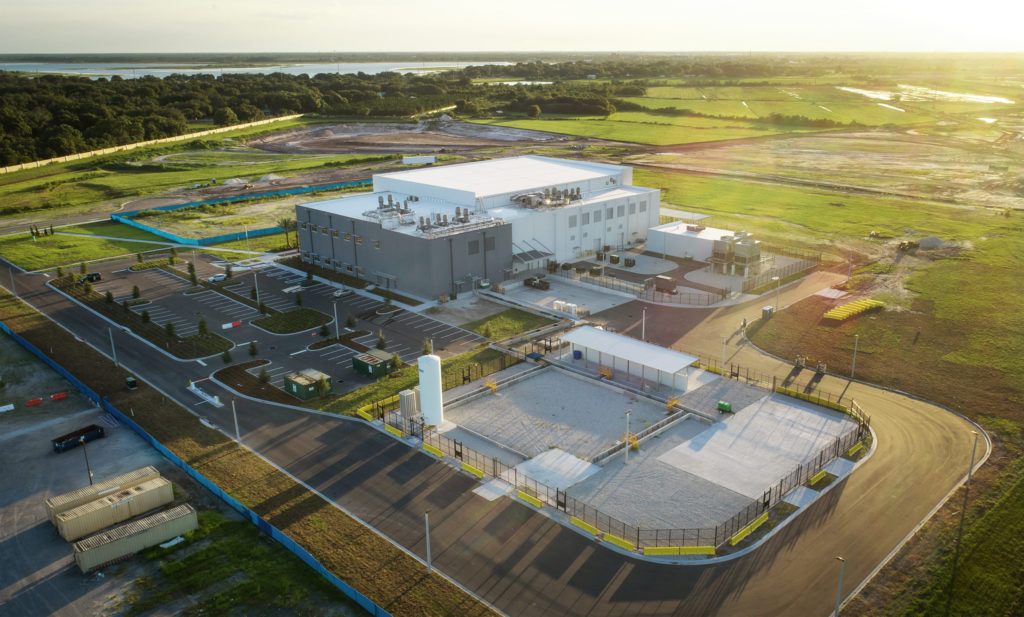
He says the rapidly expanding internet of things and analytics programs powered by machine learning and artificial intelligence — as well as improving models and simulations — mean that digital twins are coming to fill a number of roles. And they’re going to make life better.
With digital replicas, engineers will be able to test commercial airplane engines beyond their limits without causing a dime’s worth of damage. Software that monitors vibrations from power generators or wind turbines will call in a maintenance team before a bearing fails. At BRIDG, chips will be put through thousands of digital modeling cycles so software can identify flaws that engineers need to fix.
A Hotbed For Digital Twin Innovation
Korosec and Grieves say digital twin technology is ushering in cradle-to-grave product, production and performance improvements that can have huge impacts throughout supply chains. Across the region, companies from Oracle to Siemens are working to develop and implement it.
“Central Florida is a leader in defining this technology,” Grieves said. “People around here are constantly asking what it means to have and use digital twins. Locally, we have the big aerospace and defense names — Northrop Grumman, NASA and Blue Origin — and leaders in healthcare and other fields all focusing on this stuff.”
Looking to expand your business to Orlando?
If growth is in your plans, you’ve come to the right place.
Grieves said the institute is dedicated to implementing digital twins across industries, while the University of Central Florida, which is just outside downtown Orlando, is working on improving the modeling and simulation programs critical for them to successfully reflect reality. UCF, one of the country’s top research universities, is home to the nation’s sixth-largest research park.
BRIDG, for instance, is working with Siemens, one of the world’s leading industrial manufacturers, to develop the digital twin models that will be among the first deployed at scale in the microelectronics space.
Fram Akiki, vice president of electronics and semiconductor industry for Siemens PLM Software, said the company is providing software and experts to enable BRIDG’s digital twin implementation. Siemens’ other business units, including the energy group headquartered in Orlando, are also going full speed into digital twin development and implementation.
It’s the critical combination of a highly trained workforce, ties that link cutting-edge research with industry, and cooperation among government, academia, nonprofits and businesses that is nurturing the advanced technology’s evolution.
Companies are developing digital twin technology in Central Florida because the region is a modeling and simulation knowledge hub, Akiki said. Many have already invested — contracts worth billions of dollars have been signed with Central Florida Research Park.
“There is a lot of expertise in simulation in Central Florida that came out of the area’s long connection to the aerospace and defense industries,” he explained. “Our BRIDG work is an interesting area that stems from that knowledge and experience.”
Akiki views the advance of digital twin technology as a major step toward an industrial world that resembles science fiction. With these innovations, he sees a future where plants and production lines autocorrect problems with little human intervention.
“The future is limitless once we start tying all of the digital twin technologies together with a digital thread,” Akiki said. “We can’t even predict all of the new business models that will come out of this digital transformation and analytics. The most exciting part is imagining all the possibilities for how this can help society.”
